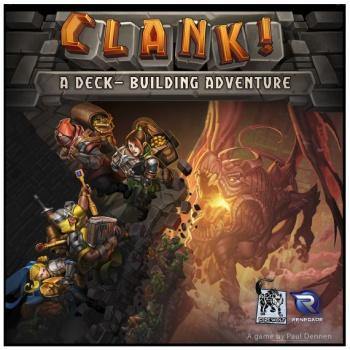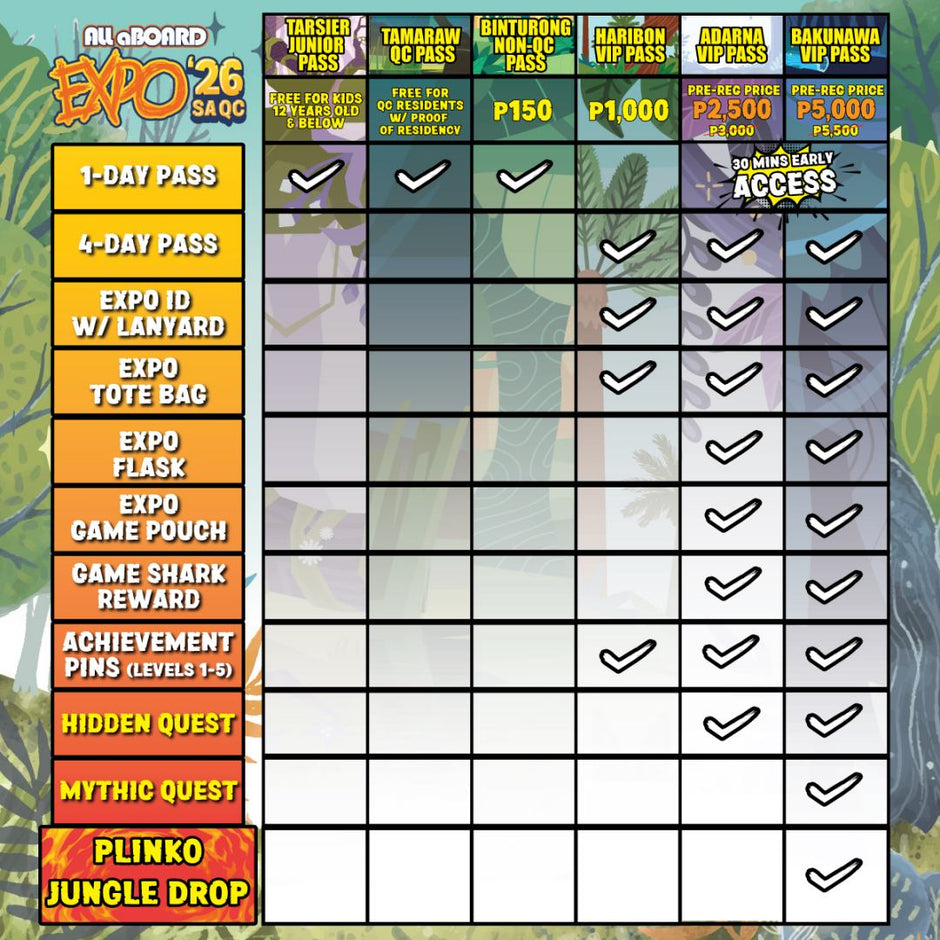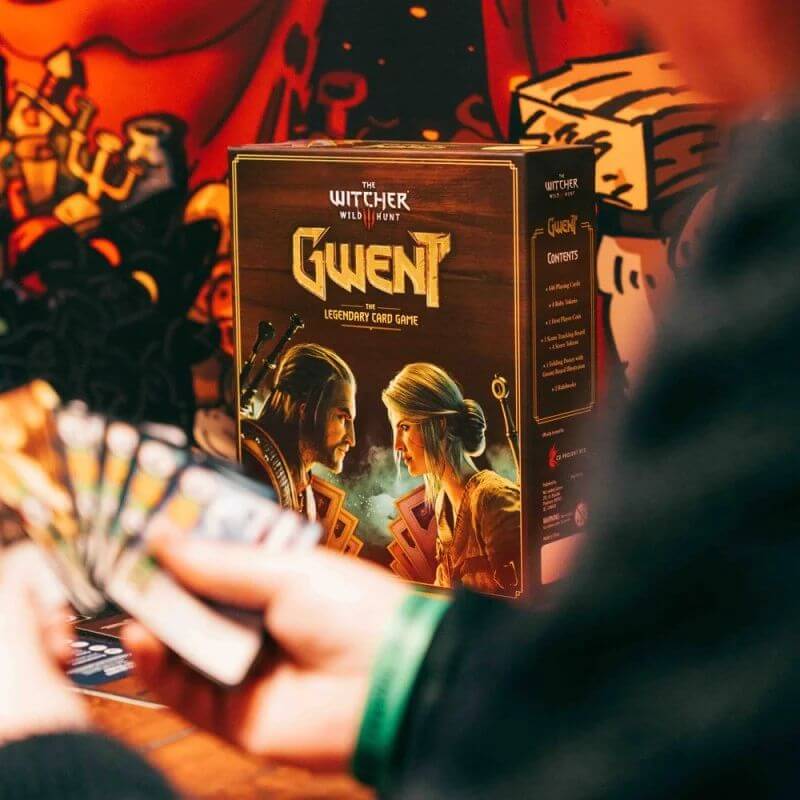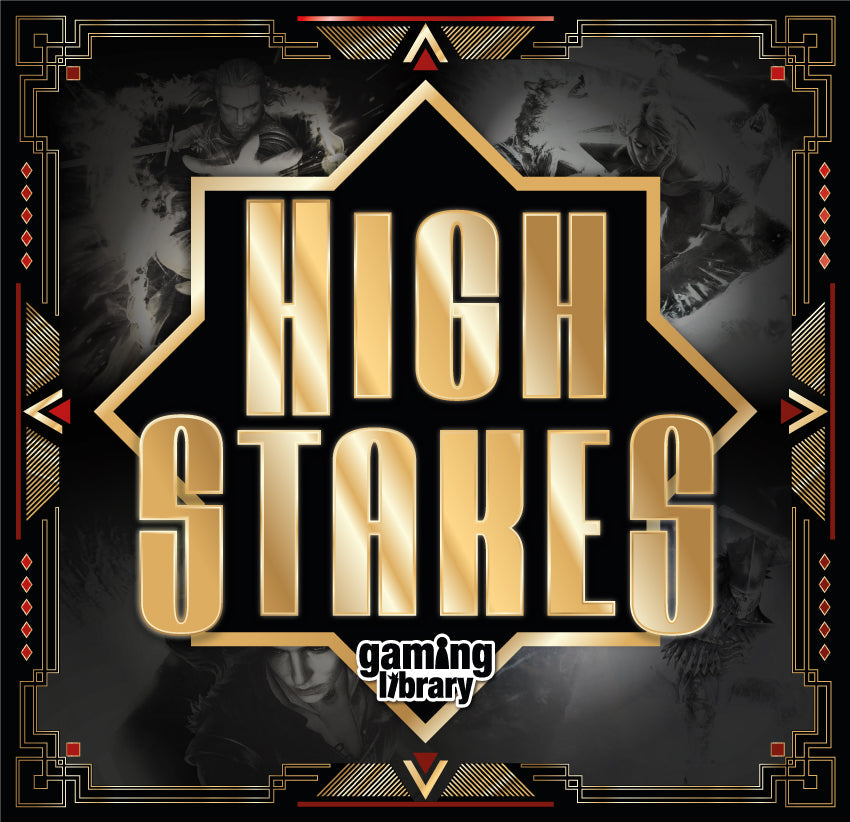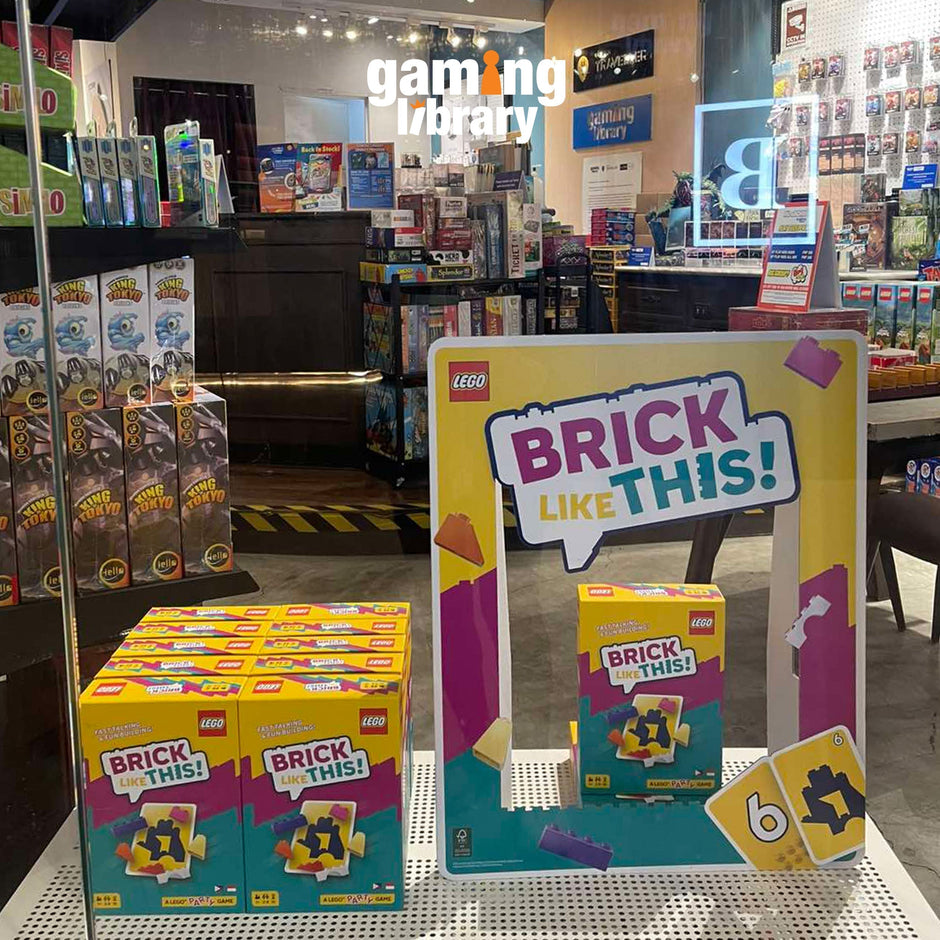
Clank! is an onomatopoeia. It's the sound someone wants to avoid making around a sleeping dragon. Our game today is about that very sound. And what of the dragon? It's napping but I think I just saw it flinch a while ago.
Clank! is deck building/dungeon crawling game that sets players as thieves trying to loot a resting dragon's den. The thieves aren't experts by any means and part of the game is making sure everyone manages to race through the caves, steal treasures, and run back to safety. That never turns out that way and normally a few of you end up burnt to a crisp.
Clank! is a deck builder first and foremost and it opens on a similar note: everyone gets the same amount and types of cards but eventually go through building unique decks with cards available on a market row. The decks often swing based on play styles and card preferences but the one with the best engine often comes out on top.
The main difference between Clank! and the other deck builders is its board. The game's board adds a spatial layer to the experience, offering more than just an outline of where to put cards for ease of access. The spatial element gives players the feel of being there, of having someone represent the deck builders and the deck itself.
This new dimension also ripples across the design of the game. Cards offer more than just recruiting and attacking bonuses but now also provide ways to move around and interact with the board. The closest another deck builder comes to something like this would be Legendary's city row manipulation, but Clank! feels more solid in terms of translating theme into gameplay.
Movement defines Clank! as an experience, but it's the dragon that seals the deal. The dragon mainly acts as both your main antagonist (after your fellow thieves who keep on stealing your loot) and a countdown timer.
The dragon only poses as a threat the angrier it gets but its anger won't subside until everyone is either out of sight or burnt to a crisp. The dragon attacks if its symbol is revealed in the marketplace but there are multiple ways to incite the dragon to strike with a little bit more motivation. Certain cards increase the dragon's damage while certain token effects (like stealing a treasure or taking one of the dragon's eggs) can permanently enrage the dragon.
Damage is resolved in a really cool manner by having the clankiest player have the highest chance of getting hit by the dragon. Clank tokens amassed through the round are thrown in a bag as soon as the dragon attacks. A number of tokens are revealed based on the dragon's rage level and any other modifiers and anyone whose color is revealed receive a hit per cube. The bag starts with a few black "missed" tokens, but the dragon learns fast.
The threat of the dragon is a good way for the designer to curb any player's enthusiasm. There have been many rounds of deck building where it just boils down to one player refusing to end the game because they're busy milking their engine for what it's worth. Clank! avoids falling into that pit by forcing people to move in then get out of the lair as quickly as possible. Anyone who often gets trapped in the deeper bowels of the mountain gets eliminated, regardless of how much treasure they have collected.
All in all Clank revisits familiar deck building questions while trying to address new ones. Questions like how many cards is too many (as cards do have VPs on them as well) and when is it to hate draft a card your opponent wants are still alive, but movement, a countdown timer, and an angry dragon will force you to reconsider how you approach deck builders.


